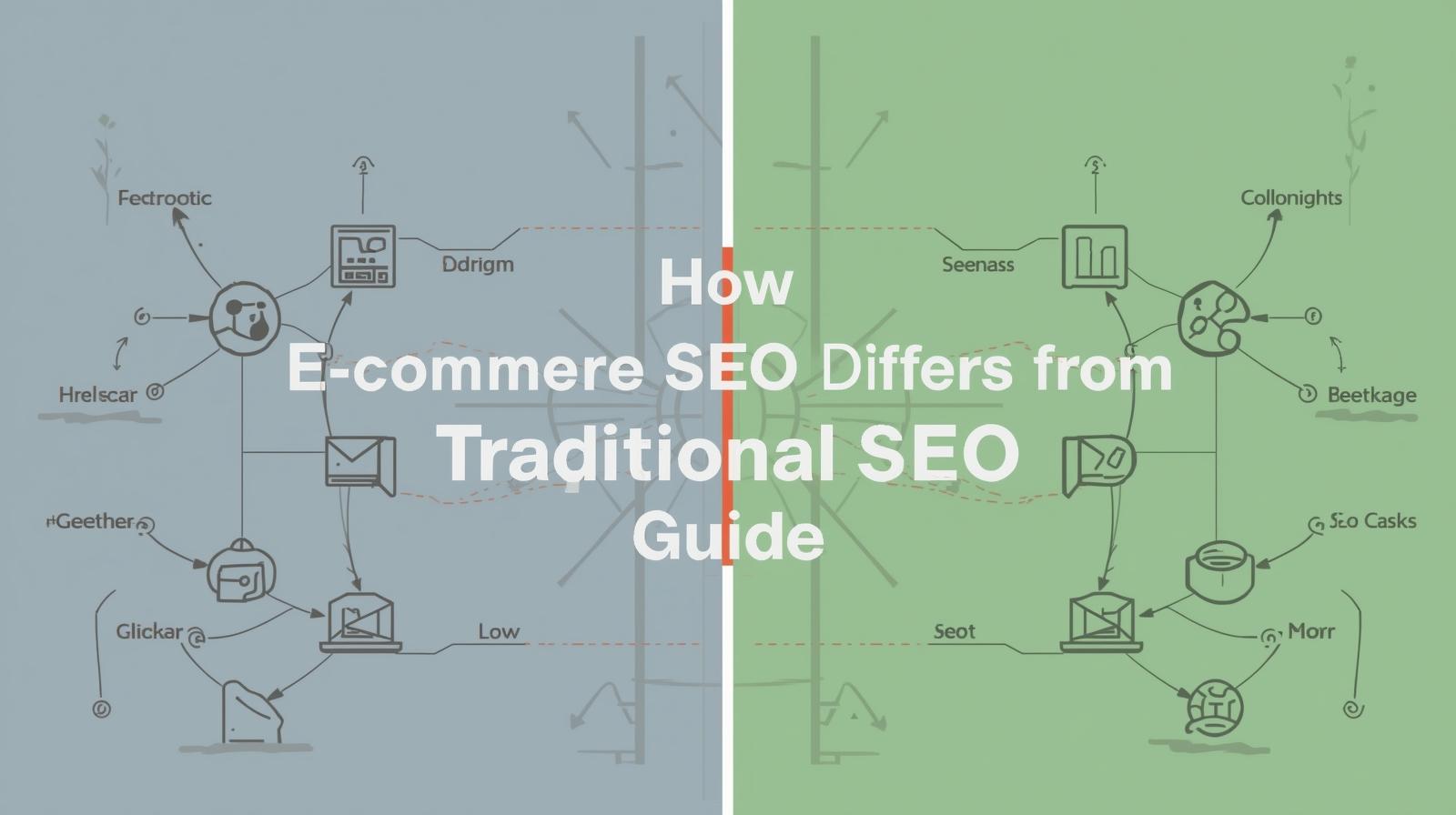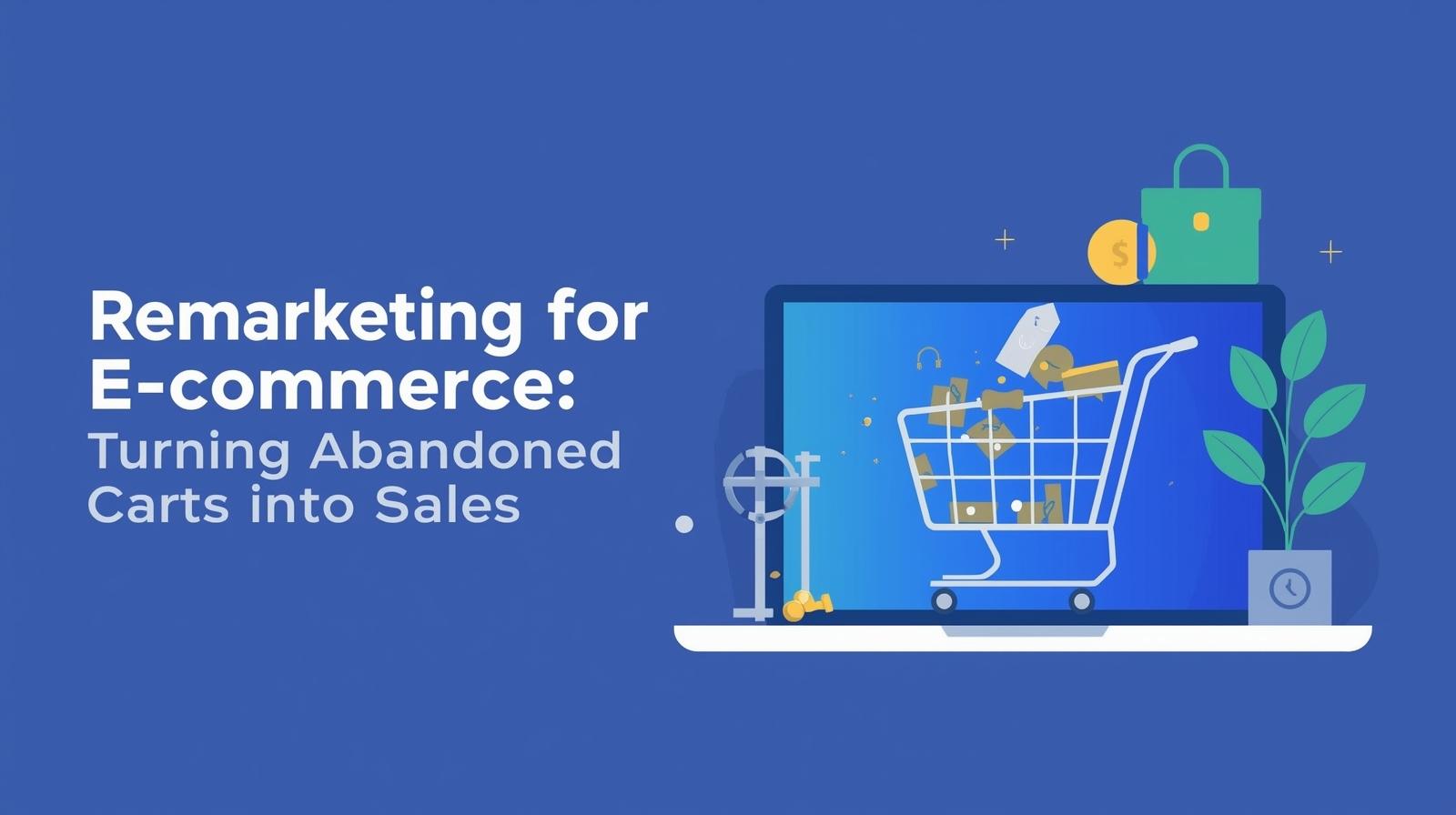September 29, 2016
To handle the data for multi location business is a significant challenge. When it comes to managing the local listings, a lot of protest, cursing and distress is shown. Getting location data in order is difficult for enterprise. Juggling the info for hundreds or thousands of locations can quickly become immense. They have to constantly beat down the inaccurate data, duplicate listings and any local search changes that consequently come up from Google. To optimize your pages for local search contact to best seo company in bhopal.
Fortunately, there are steps enterprise brands can take to control their unmanageable location data and prevent it from getting uncontrollable in the future.
The unique challenges enterprise brands face while local listings is broadly categorised into -
An inaccurate, overwhelming, disparate, baffling heap of location data, and
Human nature’s basic resistance to change.
Overwhelming location data

The biggest challenge of enterprise brands in managing the location data is the massive number of sources that the data comes from. A large organisation have multiple databases that contains various elements of location data that comes from various departments as shipping, accounting etc.
Moreover, while all of this data caters to the individual needs of the department that it comes from, it’s highly unlikely that the data meets the search engine’s extreme quality standards.
In addition, many of the addresses for brand’s various locations are not standardized. Many store managers and franchise owners are responsible for entering location data into Google My Business and the like, don’t know how to properly format an address that Google will like.
Resistance to Change
Another major obstacle while cleaning up location data is humanity's general resistance to change. When a corporation decides to manage the local listings and their respective social accounts, many store keepers or franchise will reluctant to give away control of the accounts,especially when they are managing them from day one.
They will often turn up when they start noticing improved rankings and more local search traffic. But that doesn’t make it any easier getting over the lift of that initial change.
Large enterprise brands can also face resistance within the corporate office itself. This is truly possible if a department makes a unilateral decision to carry out changes to the location data management process without involving the rest of the company.
So how do you overcome these problems?
First, there must be buy-in from top of the organisation, the execution team must make it a priority to aggregate the location data, and they must provide those who will actually perform the change with a mandate.
Second, there should be an education period in which transition will be explained to the rest of the company or atleast to those whose is going to affect by the change. The long-term benefit must be made understood to the owners and managers of individual locations. But remember, even the most clear explanation will still be met with resistance. However, the education will provide groundwork which can help ease the transition.
Integrate your data

After you have explained the coming changes, next step is to integrate your data before cleaning or standardising it.
The purpose is to gather your different location data into a single database so that it can be established as a single source of truth for syndicating out to aggregators and put that data back into the varied departments so that they are working with up-to-date and accurate information.
Standardizing and cleaning the data
After you have consolidate your data, next is to standardize your address and clear all the inconsistencies.
Using a validator tool or any other address tools that scale easily would help you standardize your address. However, standardising your addresses does not mean that you addresses is certainly correct.
You will need to visually verify the pin placement for all the location across Google, Bing, Yelp and the other third-party sites. Visually verifying pin placement usually requires going into Google Street View and making sure the pins match with the actual location. But be cautious. Sometimes Google Street View might not been updated recently, and rural areas, country roads and highways can prove especially tricky when it comes to determining correct addresses and pin placement.
Furthermore, it’s not always easy task plotting individual locations accommodated within larger and multi-level locations. Shopping malls and skyscrapers may require you to look at the map on the location’s web page to find out the location of individual stores within the larger structure, until indoor mapping takes off.
Claim duplicate and closed listings
In this step you have to claim those pages that are present on web representing your brand but are not owned by you.
Look out for the pages that you customers created for individual locations or the pages created by store owners or franchisees.
Also, be sure to claim the pages for closed locations to ensure they appear closed in local search results and remain so, to not compete against valid nearby locations in search results. To rise in local search results consider seo services in delhi .
Syndicating and the virtuous circle
Once you have cleaned up the data, its time to focus on merging the data and making sure the changes you made are actually revealed in the local search ecosystem. Basically you are ensuring that the data you are syndicating out has been accepted, processed and pushed out in a right manner.
But this process truly never ends your data constantly changes and evolves, it has to be constantly updated, connected (syndicated)and round-tripped back internally to the company. As new locations open up, repeat the same initial steps, standardize them and verify their location information.

Automation
While brands with fewer location can carry out this process manually, it isn’t easy for enterprise brands. The moment you aggregate the data from hundred or thousand locations, handling and managing it will be a nightmare.
Fortunately, for enterprise brand, the necessities of the digital age make it likely, automating at least some parts of this process.
As location data becomes more critical to things like augmented reality tracking the ROI of store visits and location-based advertising, the need for automation will only increase.

Recent Posts
ARE YOU A LEADING SEO SERVICE PROVIDER?
Get listed in world's largest SEO directory today!
Directory listing counter is continuously increasing, be a part of it to gain the advantages, 10306 Companies are already listed.






























